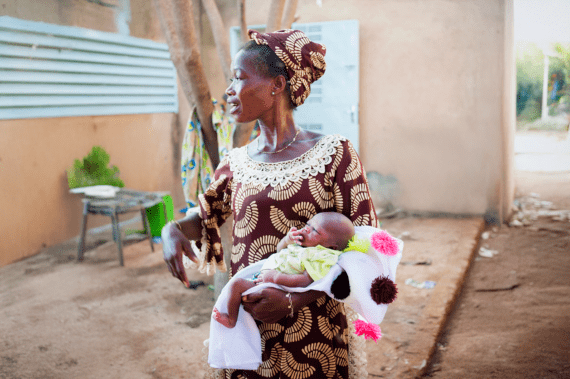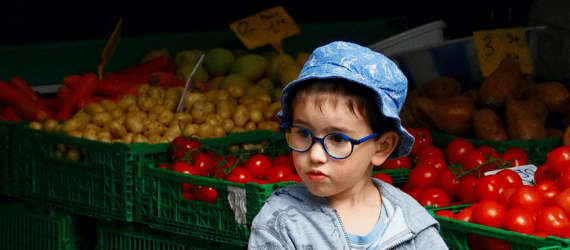The United States has long been a global leader in responding to humanitarian emergencies. It is the world’s largest provider of food aid, primarily through the Food for Peace program. In 2016 alone, Food for Peace reached 64 million people in 56 countries with life-saving food assistance.
In its first 60 years, Food for Peace reached more than 3 billion people living with hunger. In addition to responding to hunger crises, Food for Peace seeks to prevent them. The program works with vulnerable populations, helping communities identify and address the major underlying causes of hunger and malnutrition so that families can, in the future, feed and nourish themselves.
The most important nutrition window in human life is the “1,000 days” between pregnancy and age 2. Nutritional deficiencies during this time have significant lifelong impacts on individuals, communities, and entire countries. Even short bouts of malnutrition can have irreversible effects.
Many of the people trapped in hunger crises are pregnant women, babies, and toddlers in the 1,000-day period. Thus, food assistance that includes nutritious food for pregnant women and young children is both a life-and-death matter for individuals and an economic imperative for countries.
Even short bouts of malnutrition can have irreversible effects



